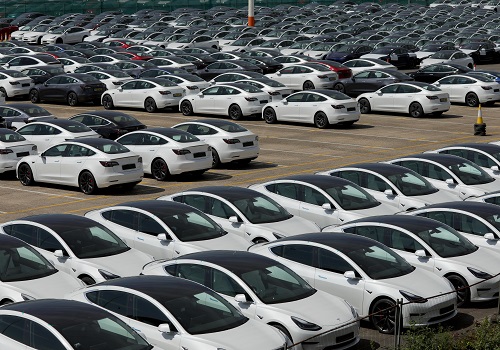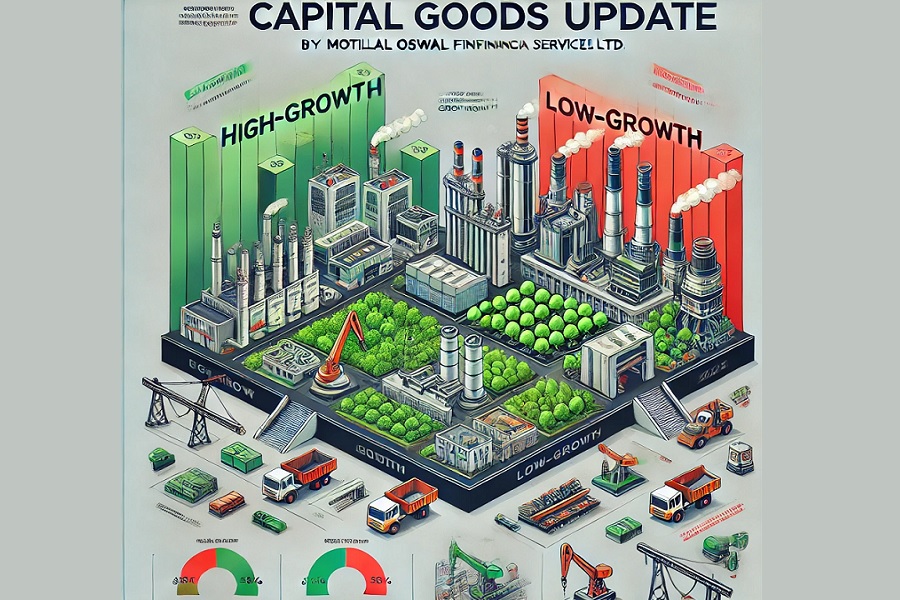ESG: ICM progresses with carbon offset plan by Kotak Institutional Equities

The recent notification of the detailed procedure for the offset mechanism and eight methodologies represents a major advancement in the operationalization of the Indian Carbon Market (ICM) by mid-2026. The proposed MRV process under the offset mechanism is poised to ensure accuracy and integrity. However, for its effective implementation, the adoption of a nimble and transparent approach will be crucial, in our view.
Offset mechanism to incentivize climate action by non-obligated entities
The offset mechanism will encourage voluntary participation by non-obligated entities to develop projects across 10 sectors to be included in the offset mechanism in two phases (see Exhibit 1). These projects will focus on implementing environment-friendly technologies and practices aimed at 1) reducing or avoiding GHG emissions (using renewable energy, achieving energy efficiency and efficient waste management) and 2) GHG removal activities such as afforestation and biochar that generate carbon credit certificates (CCCs). The mechanism will adhere to a core set of values and principles to ensure that the carbon credits represent real, measurable and additional emission reductions, avoidances, or removals (see Exhibit 2). The non-obligated entities must follow all steps in the project cycle—starting from listing on the ICM portal to becoming eligible for the issuance of CCCs (see Exhibit 3).
Eight key methodologies notified for Phase I of India's offset mechanism
The government has notified eight methodologies for the six sectors covered in Phase I of the offset mechanism. These methodologies encompass a wide range of activities, including renewable energy (such as hydro and pumped storage), green hydrogen production, industrial energy efficiency, landfill methane recovery, and mangrove afforestation and reforestation (see Exhibit 4). Adapted from the existing UNFCCC Clean Development Mechanism (CDM) methodologies, each methodology includes two key components: 1) a baseline component specifying the project boundary, baseline emissions, additionalities, and leakages; and 2) a monitoring component detailing the data and parameters to be monitored. The non-obligated entities must select valid approved methodologies and apply them to their proposed ICM activities.
Robust MRV systems critical for integrity and effectiveness of carbon offsets
We believe the rigorous monitoring, reporting and verification (MRV) process proposed under the offset mechanism will be crucial for upholding the credibility of CCCs issued under ICM. The non-obligated entities must meticulously collect and report the data and parameters specified in the monitoring component of each methodology to demonstrate compliance with the established baseline emissions, additionalities and leakages. Further, independent verification by accredited third parties ensures that the reported data is accurate and that the emission reductions or removals are real, measurable and incremental. This process will also help prevent double counting of carbon offsets. The adoption of a nimble and transparent approach is essential for the effective implementation of the offset mechanism.
For More Emkay Global Financial Services Ltd Disclaimer http://www.emkayglobal.com/Uploads/disclaimer.pdf & SEBI Registration number is INH000000354























